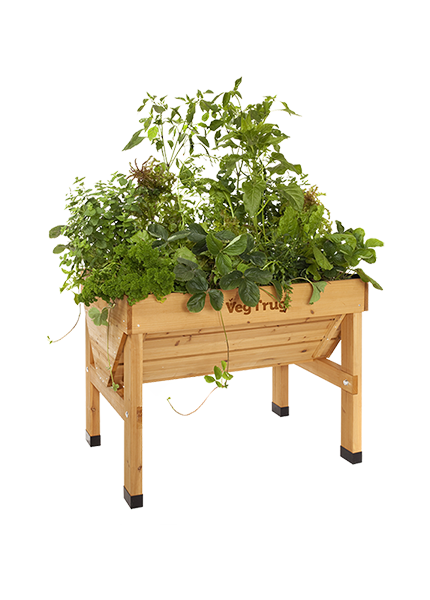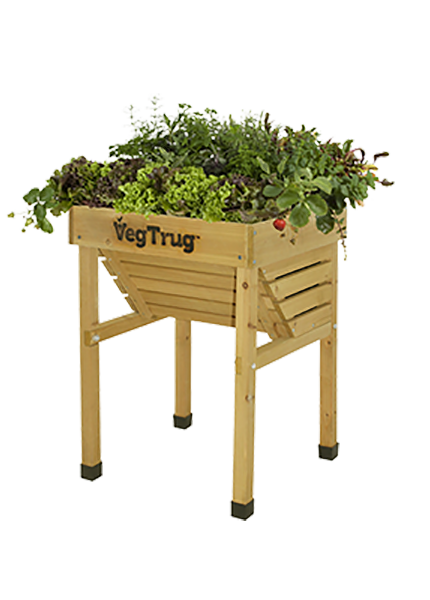Onions are a very easy vegetable to grow. Few vegetables have more uses in the kitchen, making them an excellent candidate for the VegTrug.
From soups to curries, onions are everywhere in the kitchen and they store well, so you can have a constant supply of your favourite varieties.
Read more on how to grow onions below.
Generally, most onions are planted in the spring although you can start growing seed indoors from the start of the year. Some varieties are also sown in autumn. Once the seedlings have started to shoot you can transplant them outdoors.
Sow the onion seeds very thinly into drills in a row only 2cm deep, in rows around 20 to 25cm apart. Carefully cover the onion seed with soil and gently water in. They will germinate in around 21 days.
You can grow onion from seed but sets of young seed onions grown especially for ready planting, are much easier. Simply empty the onion sets into a tray and keep them in a cool dry place until you are ready to plant them. Cut off any excess dead growth from the growing tip so that birds do not pull at them.
Plant in the spring, spacing them 10cm apart in each row. Just make a small hole in the soil with a trowel and put the onion set in so that the growing tip is just below the surface of the soil. You can then firm the soil around it. Do make sure that you water in after sowing.
When they have pushed through the soil and are standing about 3cm to 5cm high, thin out your onion seedlings to about 5cm apart. You can then thin them again later pulling every other plant until they are about 10cm apart. Make sure that the soil is moist when you pull the onions and that you clear the thinnings properly so as not to attract the onion fly.
Feed occasionally with a liquid fertiliser and water every two weeks if the weather is dry for a long period of time.
Cut off any flower stems that appear because you want all the energy going into swelling the bulb and not setting seed. Stop watering once the onions have swollen and begin to ripen.
Also weed the area regularly, being careful not to damage the bulbs.
Unfortunately, dealing with pests and other problems are all part of learning how to grow onions.
Nets can help stop any birds who are tempted by the young seedlings and the risk of onion neck rot can be reduced by spacing out the plants.
Onion fly is a particular problem for onions. Unfortunately, once the signs are there - drooping yellow leaves - the larvae will have damaged the plant and be eating the bulb.
Planting parsley alongside onions can help keep onion fly away.
As soon as your onions are big enough you can gently lift them with a fork. When the leaves turn brown, the onion has stopped growing but be sure to harvest before the plant dies back completely.
Autumn-planted onions can be stored up to the winter, whereas those planted in spring can last longer. If you are storing them, make sure the foliage is dry before storing them in a cool, ventilated place. And it’s a good idea to let them ripen them for a couple of weeks first.
How to grow onions is part of the VegTrug grower's guides.

